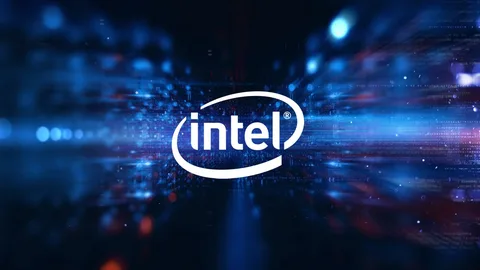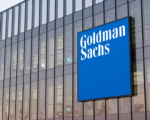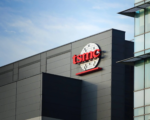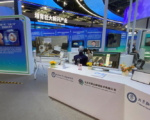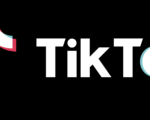Intel (INTC.O) reported better-than-expected results for its December quarter on Thursday, surpassing analysts’ low estimates. However, the chipmaker’s forecast for the upcoming quarter fell short, as it faces weak demand for its data center chips. Investors are also awaiting clarity on Intel’s leadership following the ousting of former CEO Pat Gelsinger last month. Currently, two interim co-CEOs are at the helm of the company, which has struggled to compete with rivals like Nvidia (NVDA.O), particularly in the AI chip market.
The quarterly results were overshadowed by concerns about Intel’s long-term strategy and leadership transition. Despite this, the company’s shares rose by 3.8% in after-hours trading, a relief after a challenging year where Intel’s stock lost around 60% of its value.
Intel’s struggle to capitalize on the booming AI market was evident when Co-interim CEO Michelle Johnston Holthaus announced that the company would shelve its upcoming graphics processing unit (GPU) design, Falcon Shores. Instead, Intel plans to use the chip internally as a test product, with a focus on future data center AI chips.
For the first quarter, Intel projected revenue between $11.7 billion and $12.7 billion, below analysts’ average estimate of $12.87 billion. The company cited “normal seasonality” and potential tariffs under the Biden administration as factors contributing to its cautious outlook. According to CFO David Zinsner, the possibility of tariffs may have prompted some customers to buy Intel’s chips ahead of potential price increases.
Intel’s ongoing transition includes a focus on becoming a contract chip manufacturer for other companies, but this shift has raised concerns among investors about its cash flow. Last year, Intel abandoned its forecast of selling over $500 million worth of its new AI chips, Gaudi, which struggled to compete with Nvidia’s products.
For the upcoming quarter, Intel forecasted break-even adjusted per-share earnings, while analysts expected adjusted profits of 9 cents per share. The company has received federal grants under the CHIPS Act, which helped boost its revenue and profit margins for the fourth quarter.
In the personal computer market, which remains Intel’s largest revenue segment, global shipments grew only modestly last year, missing analysts’ expectations for a stronger rebound. Intel has also been losing market share in both the PC and server CPU sectors to competitor AMD (AMD.O), a trend expected to continue into 2025.


